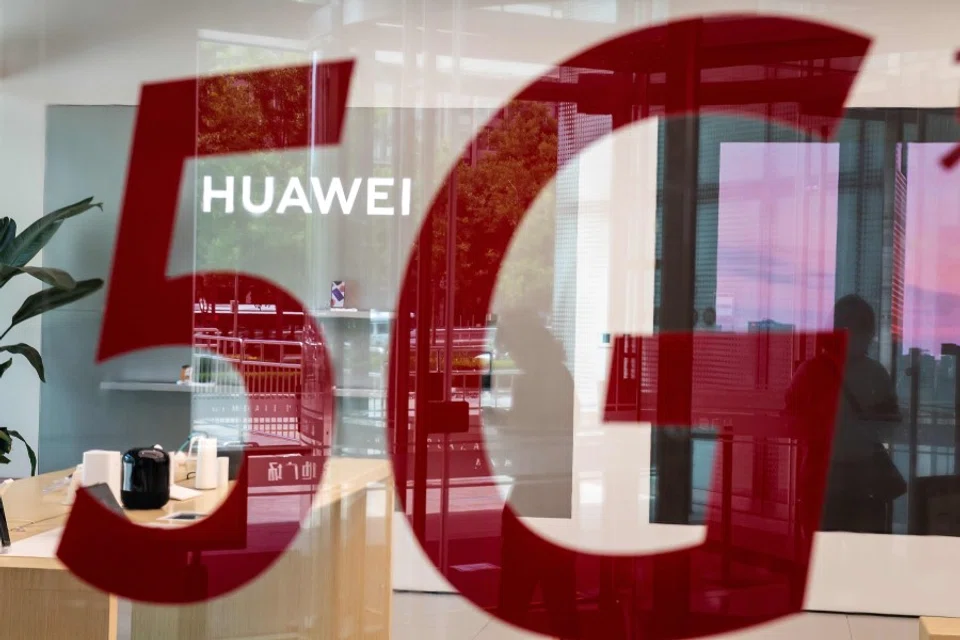China looks forward to a new world of 5G connectivity
The China-US 5G race has led to the rapid growth of certain industries, in particular, e-sports and working on the go. Technology specialist Yin Ruizhi examines the possibilities of 5G technology.

Given the intense 5G race between China and the US, 5G phones have come on the market earlier than expected. A certain Chinese brand, well known for its price-to-performance ratio, has brought its product price to around 1,500 RMB - this means that for S$300, you can own a 5G phone. That price would crack the low-end market in Asian countries. The next question is: what changes would such a mass-market phone bring?
The global football industry is worth over US$5 trillion annually, while e-sports is worth just a tenth of that, at US$50 billion. One key bottleneck hindering the growth of e-sports is network speed.
E-sports shaping up to be an industry to watch
If there is any competitive sport of the future to match what football is today, that would be e-sports. Right now, Japan's gaming industry is worth more than its automobile industry, while the Korean government is developing e-sports as a pillar industry. In Korea, the e-sports industry is growing by 40% annually, and has grown to become the country's third-largest competitive sports industry, forming the three "national pillars" along with football and go (a board game also known as baduk), while the value of this industry chain has overtaken the automobile industry.

As for the US, it boasts many well-known e-sports products, and a sizable pool of professional cyberathletes. The US is where e-sports began and the first country to hold domestic professional cyberleagues. The industry structure here is complete and the commercial operations mature. The Cyberathlete Professional League (CPL) is now the largest cyberleague organisation in the world, and the US e-sports industry that it drives is worth billions of US dollars.
But all this is just the beginning. The global football industry is worth over US$5 trillion annually, while e-sports is worth just a tenth of that, at US$50 billion. One key bottleneck hindering the growth of e-sports is network speed, because the basic audience for e-sports is mobile gamers, and the mobile gaming experience is highly dependent on network speed and stability. The higher speed and stability of 5G phones will spark more exciting and attractive new games, and the growth of the gaming community will also drive the maturity of the e-sports industry.
Millions of white-collar workers get work done on the move on the HSR, and as 5G technology matures, the number of people on the HSR, especially on business, will increase.
More efficiency in working on the move
One crucial scenario optimisation in 5G is the "high-speed rail mode" option. Everyone who has been on the high-speed rail (HSR) in China has experienced unstable signals; besides being faster, one key point about 5G is low lag and high stability. 5G phones that have been enhanced for the HSR have improved network stability while the HSR is in motion, which means that people on the HSR will be more efficient in working on the move.
Readers who have been on China's HSR would know that apart from north-south or east-west cross-country lines such as from Guangzhou to Beijing or Chengdu to Shanghai, most HSR rides across provinces can be completed within about four hours. Most white-collar workers opt for the HSR because it does not take much longer than flying, and they can use the network to get work done. Millions of white-collar workers get work done on the move on the HSR, and as 5G technology matures, the number of people on the HSR, especially on business, will increase. Improvements in mobile office technology will make the economy more efficient.


Remote control
People are already familiar with white-collar workers getting paperwork done remotely on their phones, but few have heard of senior technical engineers operating production lines via mobile phone. The fundamental reason is that 4G phones do not have the stability or low lag of transmission necessary to operate precision production lines.
As for precision manufacturing, the stability of 5G phones would meet the requirements for many precision operations, which means that it would be possible for a lot of senior engineers to work remotely from separate locations. This is good news for the high-end manufacturing industry, while 5G apps will also mature over the next two years with the rapid proliferation of 5G phones.





![[Photos] Fact versus fiction: The portrayal of WWII anti-Japanese martyrs in Taiwan](https://cassette.sphdigital.com.sg/image/thinkchina/3494f8bd481870f7c65b881fd21a3fd733f573f23232376e39c532a2c7593cbc)